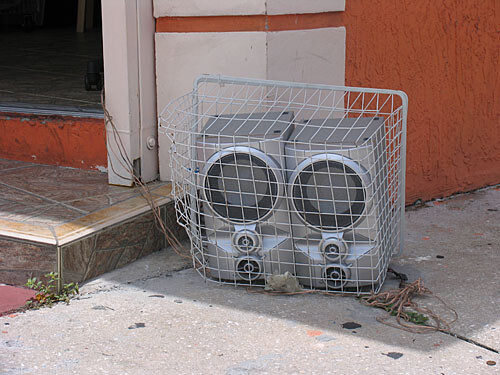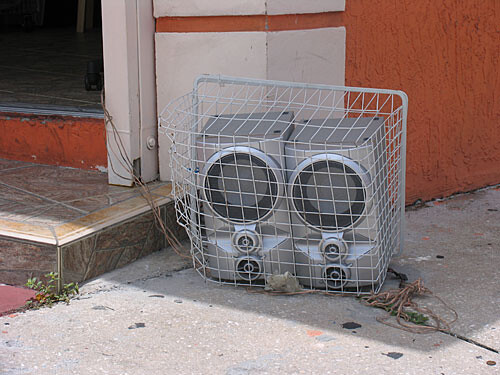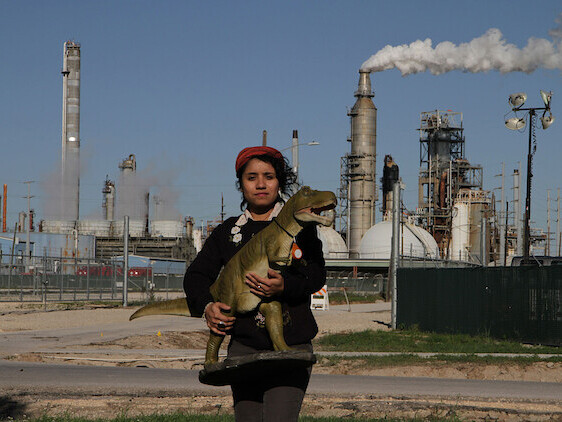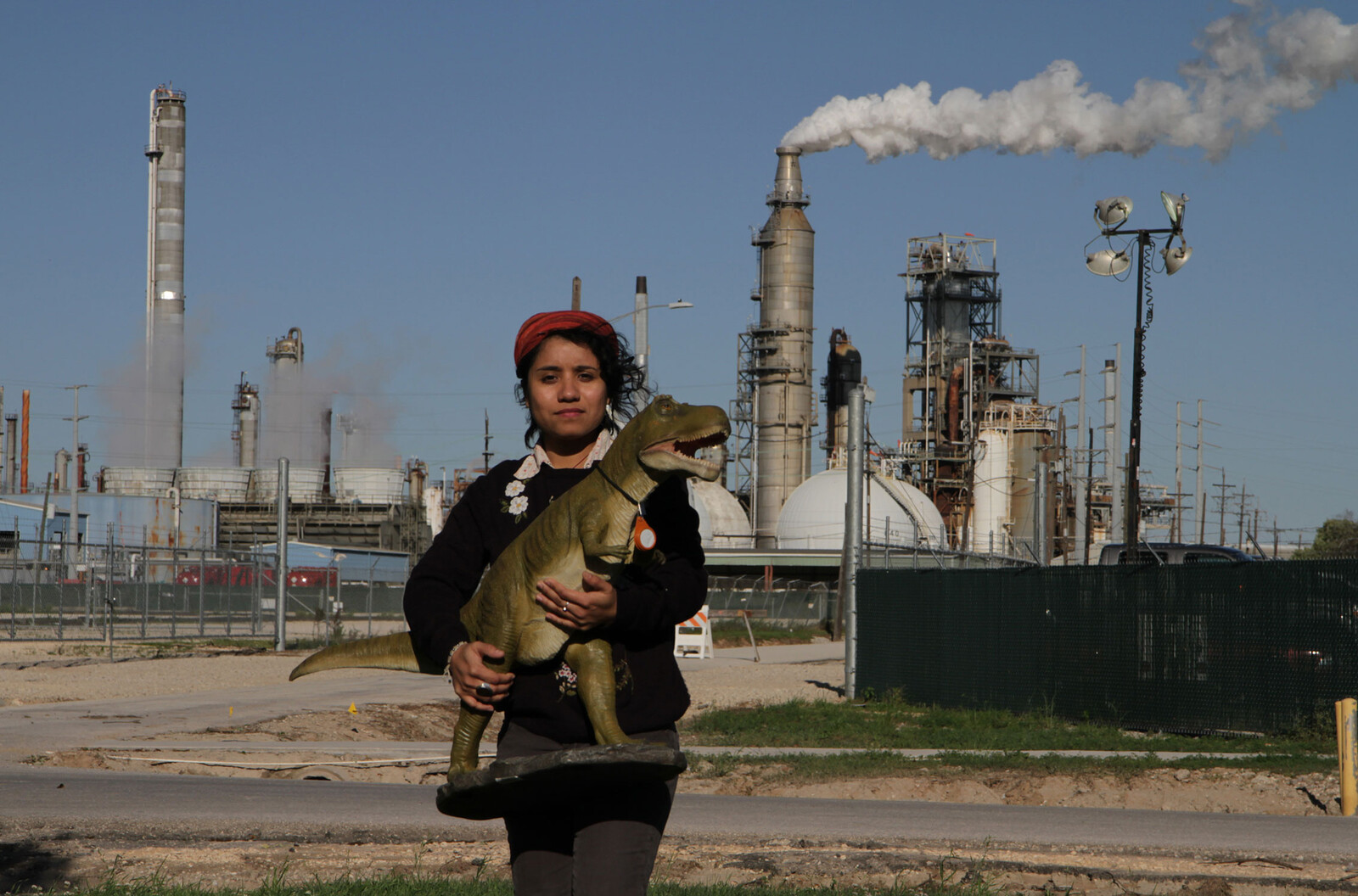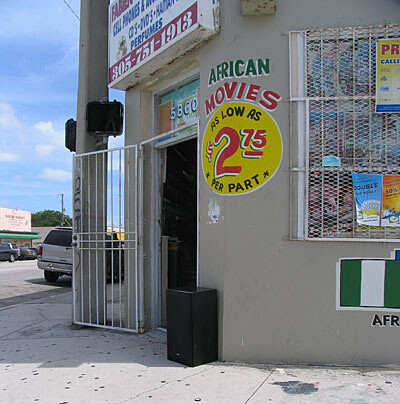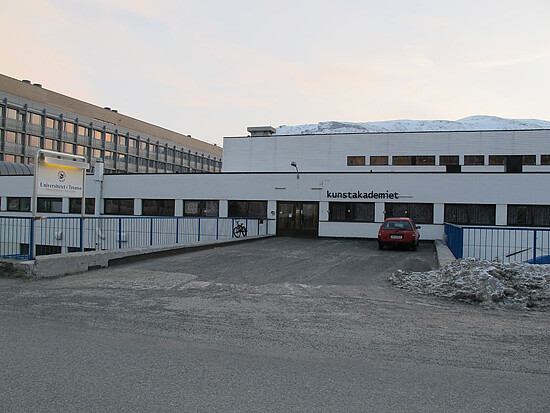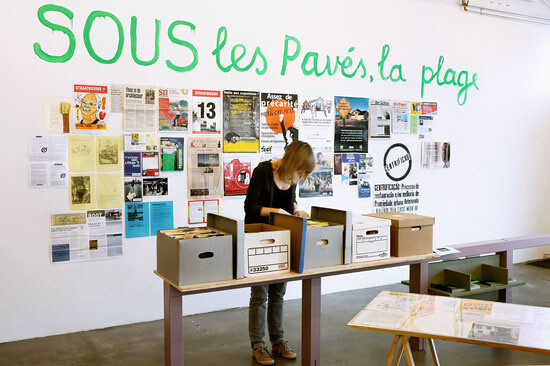Some on the Left respond with refusal. Advocates of neo-primitivist lifestyle politics retreat to the forests and mountains, to DIY off-the-grid living that abandons the millions in the cities. This “not my problem” individualist survivalism reflects the ideological orientation of neoliberal capitalism. Survival-themed reality television has been big for over a decade. Others on the Left side with the things. They advocate horizontal relationships with rocks and nonlife, shift to deep time, and celebrate the microbes and weeds likely to thrive in a posthuman world. Here the genocidal mindset cultivated in the sixteenth century’s colonization of the Americas expands and turns back in on human life as a whole. The failure to value black and brown life, the inability to conceive living with and in diverse egalitarian communities, becomes the incapacity to value human life at all.
